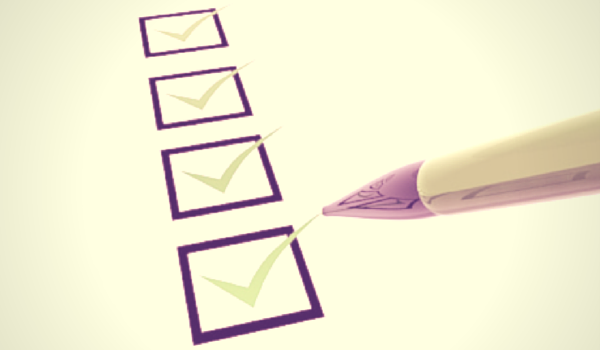You probably get regular check-ups from your dentist and doctor. Even cars and pianos receive regular tune-ups. So why do most individuals fail to get a financial check up? It seems many either don’t think about it until there is an issue or don’t want to know and choose to avoid the subject.
While a fee-only financial planner can conduct this for you and can likely help you find things you may not have considered (especially when looking at items 5, 6, 7 and 8 below), there are many simple steps you can take to measure your own financial health. Here are the top areas you can look at to give yourself a DIY financial check up:
1. Determine your net worth.
Your net worth is the number you’re left with after subtracting the total of your debts (what you owe) from the total of your assets (what you own).The primary examples of assets are cash accounts, CDs, mutual funds, stocks, bonds, other securities, the current market value of your personal property along with the current market value of your car and home if you own them. Do not count rental or leased items as assets. All of your debt is your liability. It’s the balance remaining on your credit cards, automobile loan, mortgage, and student loans. Any money you owe is included. A positive net worth means you own more than you owe. What we like to see is your net worth growing over time or holding steady but keeping up with inflation. A declining net worth is often acceptable during retirement provided the rate of decline is expected and planned. Tracking your net worth over time is one way of maintaining awareness of your financial situation. Be aware, though, that a high net worth by itself is not an indication of being financially secure. You could have a $1 million art collection, but still struggle to pay your bills. Your cash flow is important, too.
2. Determine your cash flow.
Consider how much money you’re spending each month compared to the amount you’re receiving. Simply total your household income. Separate out the amount you are adding to savings and investment accounts, then subtract your spending. A larger, positive cash flow provides financial breathing room and psychological comfort. A negative cash flow suggests you’re going into debt each month.
3. Know your long term savings rate.
Add the amounts you are placing in savings, investment accounts and retirement accounts. Divide this amount by your monthly gross income to find your long term savings rate. Most financial experts recommend a minimum long term savings rate of between 15% and 20%. Do not count funds if you are regularly “saving” one month and then spending from the account in the following months. If you’re saving less than 15%, strive to save more. Increasing it by just 1-2% over a few months or when you receive a pay raise will result in a healthy savings rate in a short time.
4. How much is in your emergency fund?
Could you weather the loss of a job, a major car repair, or any of life’s other unpleasant surprises? Experts recommend an emergency fund equivalent to 3 to 6 months of core living expenses. That might seem like a tall order, but you can build it up over time. Getting started is always the hardest part.
5. Do you have the necessary insurance?
Different situations require different types of insurance. Asking yourself a few “what if” questions will help determine the types of insurance you need. Protecting your home, health, income, and valuable assets are reasonable places to start.
6. How much money do you expect to need at retirement?
There are plenty of calculators that will enable you to approximate the value of your nest egg and how much you will need in the future. Check to see if you are you on schedule to retire with adequate financial resources.
7. Are you prepared for major expenses in the future?
If you know your car is nearing the end of its lifespan or major educational expenses are coming, are you in the position to handle them? What will health care costs look in the future? Do you have major life goals that you should be saving for? Are you putting enough money away for these expenses?
8. Are your investments properly diversified and are your investment costs low?
Understand how to use asset allocations and evaluate the costs associated with your investments. A great place to learn more on this is to follow the writings of Rick Ferri, both on his blog and with his book on the topic.
Your answers to these questions will reveal the health of your financial situation and give you. Pay close attention to your financial health. Putting a priority on your finances will result in choices that enhance your financial well-being.

